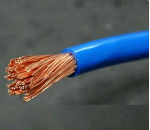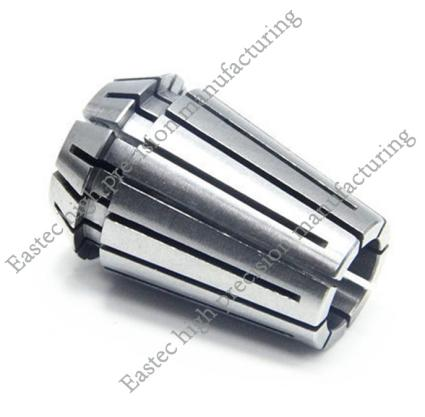In the winter, a reporter visited the construction site of the Jianzha Yellow River Super Major Bridge, a key project of the Chuanqing Railway. The staff were working diligently to advance the construction of the project.
Located at the junction of Jianzha County in the Huangnan Tibetan Autonomous Prefecture of Qinghai Province and the Hualong Hui Autonomous County in Haidong City, the Jianzha Yellow River Super Major Bridge of the Chuanqing Railway is currently the world's largest double-track railway continuous steel truss arch bridge. It is also China's first railway steel arch bridge to span the Yellow River. The total length of the bridge is 1,596.20 meters, with the main bridge being a three-span continuous steel truss tied arch bridge of 141 meters + 366 meters + 141 meters.
At noon, Zhou Hui and He Ying, test officers from the Chuanqing Railway Central Laboratory of China Railway Bridge Bureau, were conducting tests on the bolt torque at the bridge body connections. This is an extremely precise and standardized testing task. "After the automated initial and final tightening, we manually inspect 10% of the bolts to ensure that every connection point on the bridge is safe and reliable," said Zhou Hui.
The Chuanqing Railway is an important railway corridor linking the northwest region with the southwest and communicating with the south-central region. It is a convenient passage from Xining (Lanzhou) to Chengdu and a part of the "Eight Verticals and Eight Horizontals" high-speed railway network, specifically the Lanzhou (Xining)-Guangzhou high-speed rail corridor. The total length of the main line is 832.96 kilometers, with a designed speed of 200 kilometers per hour. Once completed and operational, it will greatly facilitate the travel of people along the route, strengthen the exchange between the Lanzhou-Xining city cluster and the Chengdu-Chongqing city cluster, and is of great significance for enhancing the connection between the "Silk Road Economic Belt" and the "Yangtze River Economic Belt," implementing the grand strategy of western development in the new era, and promoting the coordinated development of the regional economy.
The main bridge of the Jianzha Yellow River Super Major Bridge is designed with 50 sections, each of which is hoisted by an arch crane and connected with high-strength bolts, much like "building blocks" in the sky.
Currently, the north bank of the Jianzha Yellow River Super Major Bridge has completed the erection of the 14th section, while the south bank has completed the 12th section, totaling 26 sections. The overall progress of the project is more than half, with the expected completion of the bridge's closure in July 2025. Once the bridge is fully completed, it will securely hold 340,000 sets of bolts.
"When the wrench just touches the bolt, the torque display is 100. After turning it another half-notch, the display shows the test value," He Ying skillfully introduced the testing work to the reporter. In the winter, on the plateau, above the Yellow River, the biting cold wind seemed more piercing than usual, making the sunny noon the best time for construction.
"Our work is not just simple 'tightening bolts'; it requires every step of our operation to strictly comply with standards, every measurement to be accurate and effective, and every piece of data to be clear and error-free. Every day, standing above the Yellow River, watching the bridge slowly take shape, a sense of responsibility and achievement naturally arises," said He Ying.
Below the Yellow River Super Major Bridge is the emerald-winding Yellow River. The bridge spans the upstream Yellow River, which is a national-level aquatic germplasm resource reserve for the river's unique fish species. At the same time, this is Jianzha, known as the "Hometown of Chinese National Archery." With a long history and a rich archery culture, it has formed the distinctive "Colorful Divine Arrow" archery culture. In line with this, the appearance of the Jianzha Yellow River Super Major Bridge under construction resembles an archery bow, vividly presenting the unique local cultural characteristics and also embodying the spirit of forging ahead by opening up paths through mountains and building bridges across waters.





 Customer service 1
Customer service 1  Customer service 2
Customer service 2